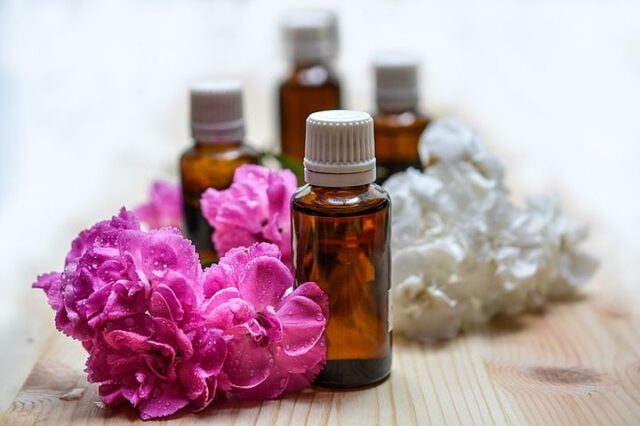First of all, what are essential oils? How to differentiate between essential oil, floral water, a vegetable oil?
Although today aromatherapy (use of essential oils for daily well-being) is on the rise, the use of plants and their oils dates back to ancient Egypt (plants were already used in medicine, perfumery, cosmetics, and embalming). The current process of steam distillation extraction originated at the time of the industrial revolution.
Essential oil is the vegetable extract of the essence of the aromatic plant. In fact, essential oil is not really an oil, we are talking more about a concentrated liquid aromatic extract because it is the essence of the plant that is extracted, most of the time by distillation.
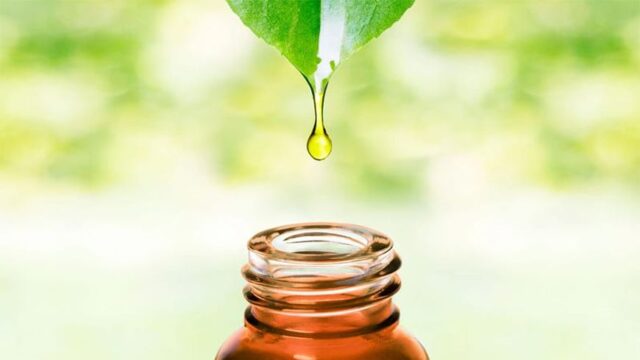
Essential oil must be distinguished from vegetable oil. Vegetable oil is the extraction at room temperature of an oleaginous plant, that is, a plant, a tree whose seeds contain fibers (such as apricot seed, almond, walnut). We recover by means of the cold-pressing technique (cold, to maintain the properties of the extract) the fatty substance called vegetable oil.
Attention, Vegetable oil is different from oily mash. The oil mash (carrot or calendula oil mash for example) is obtained from the mashing of a beneficial plant in a fatty substance (also called “carrier” vegetable oil). Sunflower vegetable oil is very often used as a carrier oil.
In the case of essential oils, the freshly collected plants (or bark, fruits, leaves) are immediately transferred to an alembic. By means of this technique, the water droplets formed by the condensation of the steam transport the molecules of the distilled plant. The essence of the plant is then recovered in a liquid state. The liquid essence (essential oil) is packaged in an opaque glass bottle (away from heat, humidity, and direct sunlight) to preserve all the benefits.
At the time of distillation, two entities separate. On the one hand, gasoline (essential oil) and, on the other, hydrosol, that is, the aqueous part resulting from the distillation process. The essential oil drops float to the surface and the rest of the solution, the hydrosol, is recovered to make floral water. Floral waters are part of hydrosols, but not all hydrosols are floral waters. Floral water is the hydrosol obtained from the distillation of a flower (rose, lavender, chamomile, cornflower, even Palo santo). For more information on the Palo Santo oil, visit EcuadorianHands.
How to use essential oils?
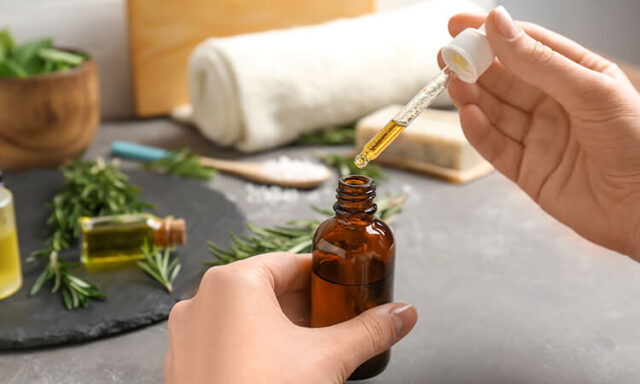
Because essential oil is the quintessence of the plant, it is highly concentrated in active ingredients and molecules. Essential oils contain very powerful active ingredients; For example, for true lavender – essential oil when you start in aromatherapy – you have to distill 150 kg of the plant to obtain…1L of essential oil! That is why we strongly recommend that you use them with the utmost caution.
Before using an essential oil, you need to do a tolerance test. It is strongly recommended to dilute the essential oil for skin application with vegetable oil. Place some sweet almond or apricot vegetable oil in the palm of your hand, then add one to 2 drops of essential oils. Apply to the back of your forearm and let it sit for a few minutes. You can then see if your skin reacts to the essential oil in question (redness, tingling, etc.). In all cases, the advice of a doctor is essential to use essential oil. Also, oral use is strictly reserved after medical advice. Essential oils should not be used by children, pregnant or lactating women.
100% pure and natural organic essential oils How to choose your essential oil?
Before choosing an essential oil, you should see its components and how it has been made. I recommend that you purchase essential oils from companies that work sustainably and have reforestation and environmental care programs.
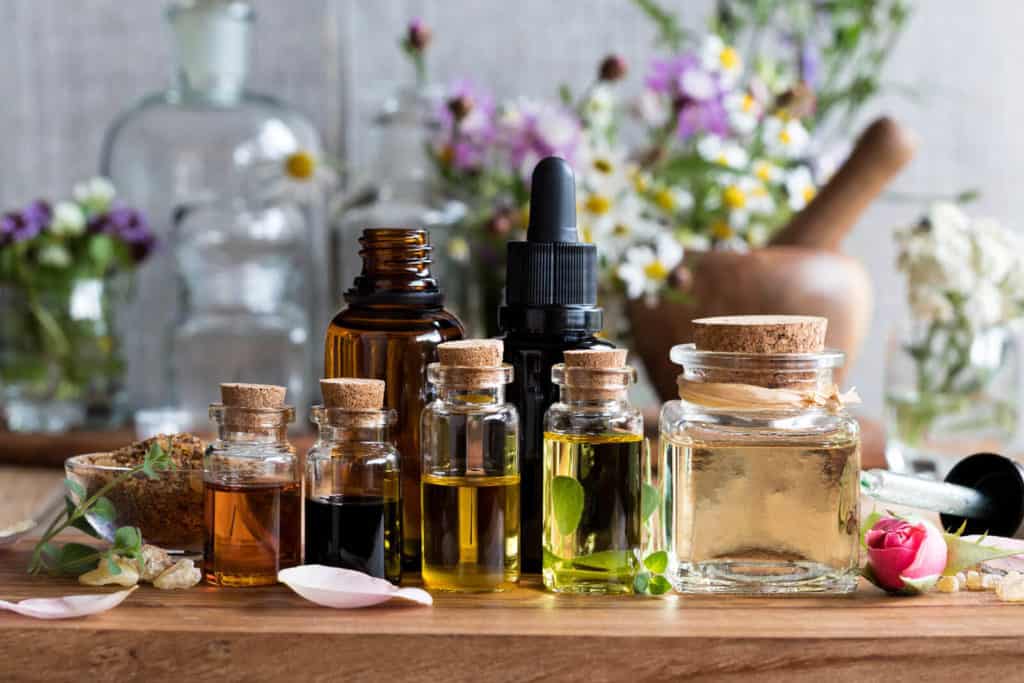
What do certified organic essential oils mean? They are those essential oils that have been produced in accordance with the specifications of the approved certification bodies that are in charge of controlling the cultivation and production of the plants that are then destined for distillation. As such, the productions that apply the specifications of organic agriculture prohibit the use of pesticides (which serve in particular to kill pests on crops) and the use of chemical inputs (which superficially increase the productivity of soils and, often, damage them).
The chemotype of the organic essential oil is its chemical identity. From the same plant family, we can find several different plants. We often take the example of the different types of lavender (Angustifolia, latifolia) or the types of mints (spicy, peppery, or sweet). To choose your organic essential oil, and therefore the corresponding properties you want, you must rely on its Latin name. By being chemotype, you are confident that your organic essential oil will have the correct concentration of molecules corresponding to its biochemical identity.
Make no mistake, two identical plants (of the same genus and of the same species) can produce different essential oils. So why are these essential oils different?
As you probably know, the quality of a plant depends on several factors: soil quality, geographical location, production methods (organic farming). In these contexts, it is obvious that the plant will not develop in the same way. Let’s take the example of palo santo whose oil is obtained from deadwood naturally and that has rested in the forest for 2 to 4 years after dying naturally so that it can manifest its properties. If oil is made from felled wood, its aroma will be lower, and the properties will be poor.
Organic essential oils, the daily benefits of plants Essential oils, their benefits for a calm winter
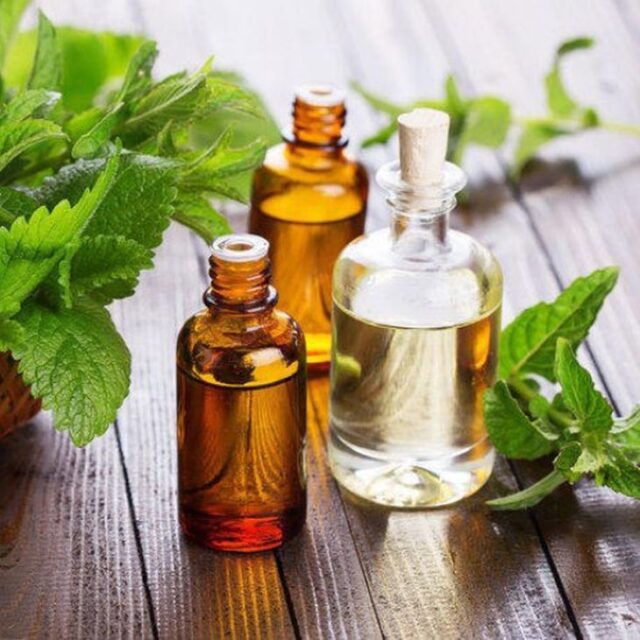
Essential oils may be recommended to improve the comfort of the respiratory tract, to help relax the muscles. Some are traditionally known for their anti-inflammatory actions, such as the essential oil of Palo Santo.
Some essential oils are more suitable than others depending on the benefits we are looking for. Essential oils traditionally known to relieve colds are Ravintsara essential oil and Radiata eucalyptus essential oil.
Ravintsara essential oil is traditionally recognized as an exceptional antiviral, especially for the respiratory tract.
Palo Santo essential oil is traditionally recognized as an ideal ally to spend a quiet winter, decongest the respiratory tract, be antiviral and stimulate the immune system, calm coughs and be antibacterial, anti-infective, and antiseptic.

